There is a steady rise from around 65% average to a peak of 130% average in June or July. there is a slight fall to September, then a steep fall for the rest of the year to a minimum at Christmas of 40-50% average. At weekends there is less cycling overall, but more seasonal variation. Much the same pattern, a rise from Jan to June/July to a peak of 140% then a steep fall to a low of 40% at the end of December.
Lots of interesting features - small peaks at Easter, significant falls in August (everyone away on holiday?). Intriguing jump from late December to early January - maybe a lot of people resolve to exercise more in the New Year. Much more detail in a full account (guaranteed to cure insomnia) at https://drive.google.com/file/d/1MX_6p-5mkxLX8o3JW66emtz5JgcrlzDt/view?usp=sharing

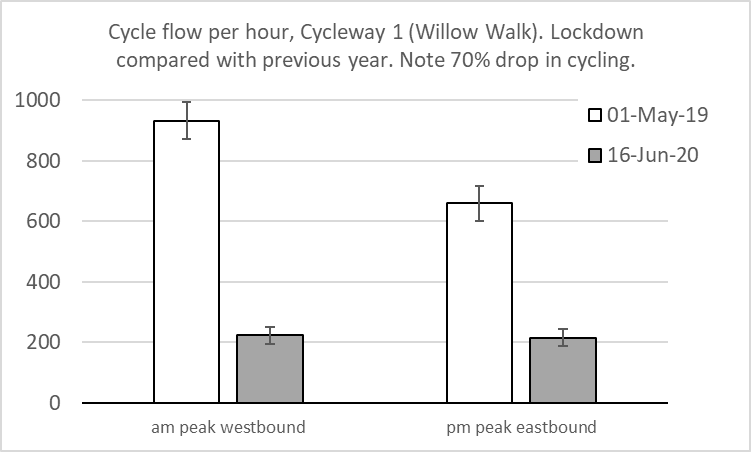
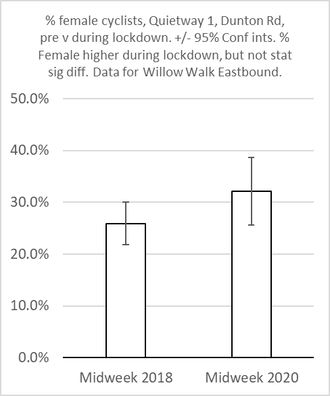
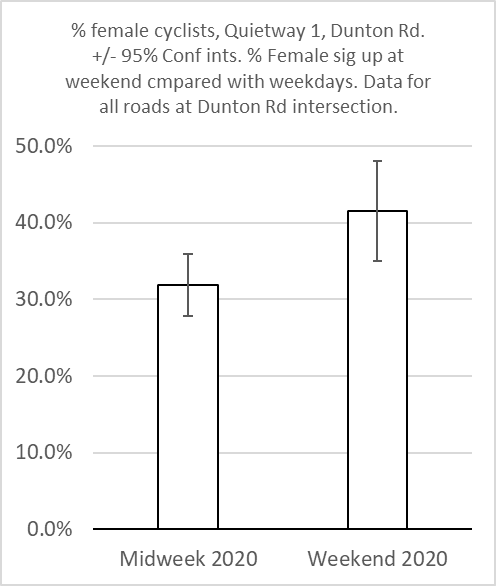
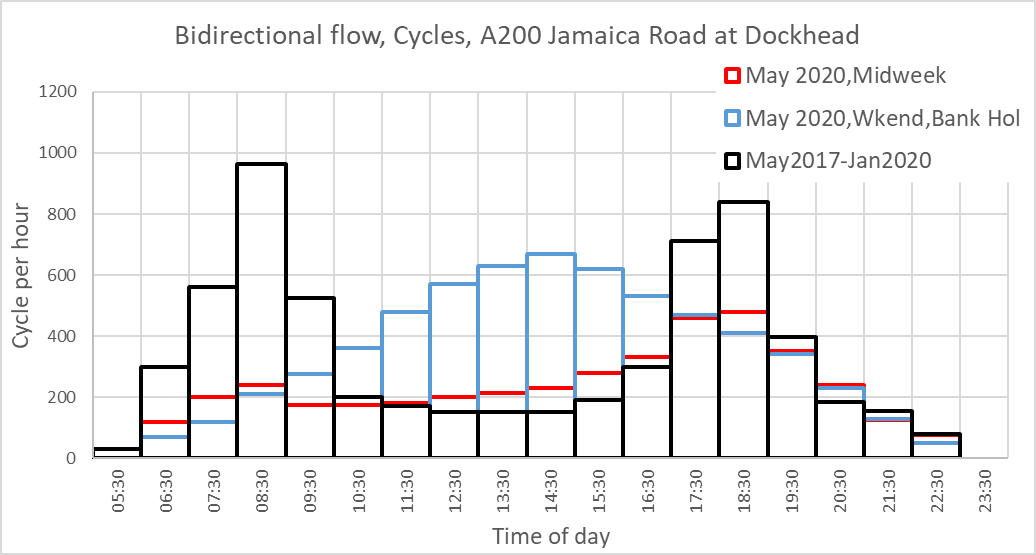

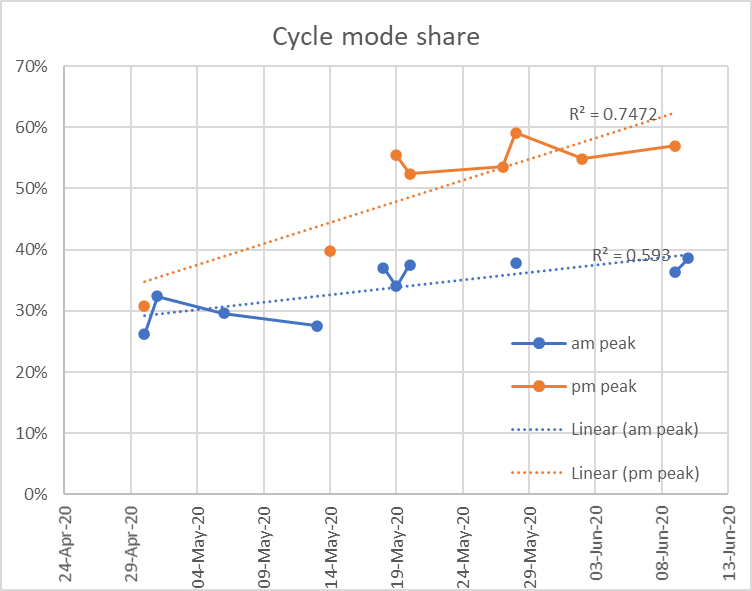

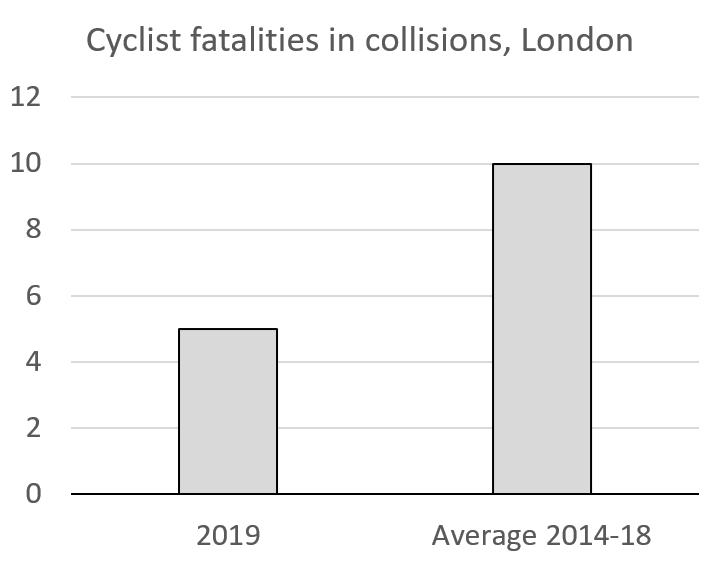
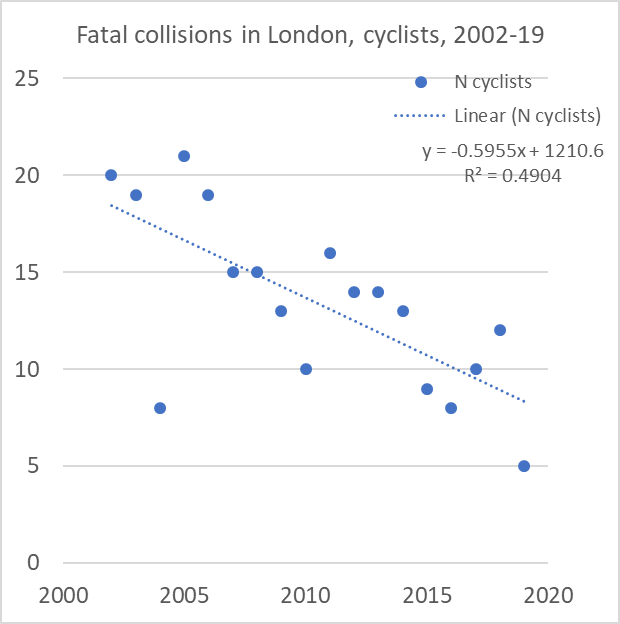

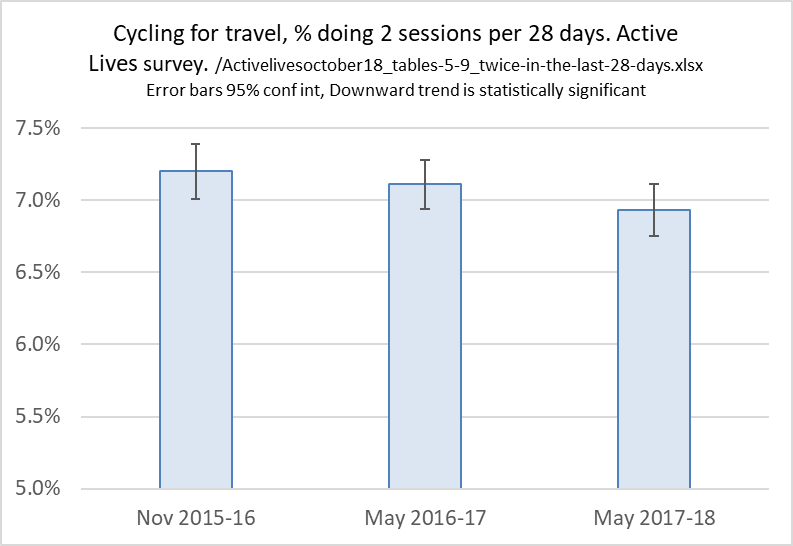
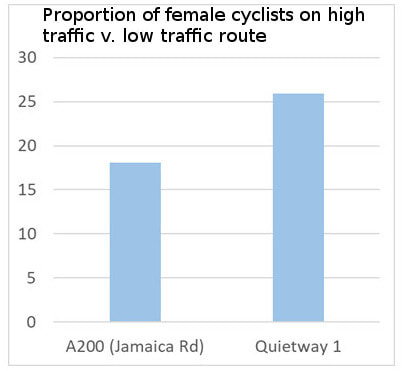
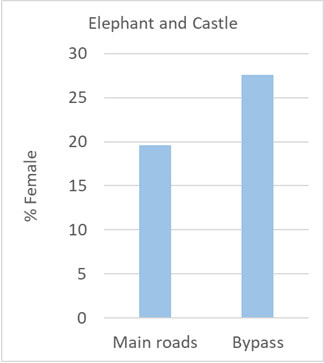
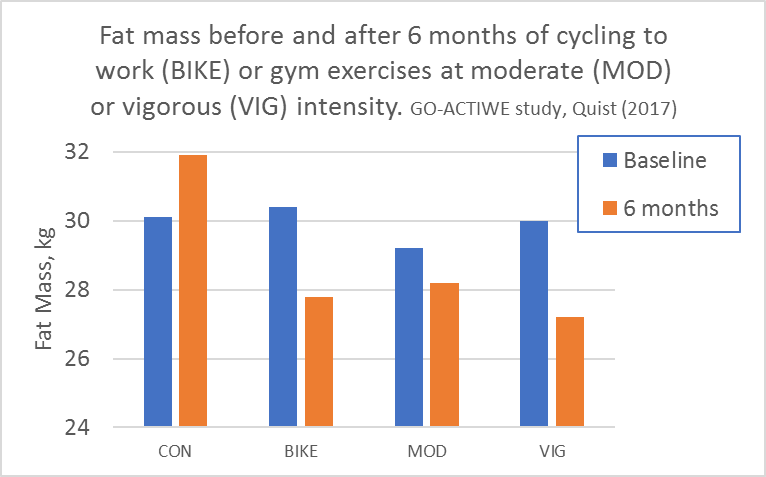
 RSS Feed
RSS Feed
